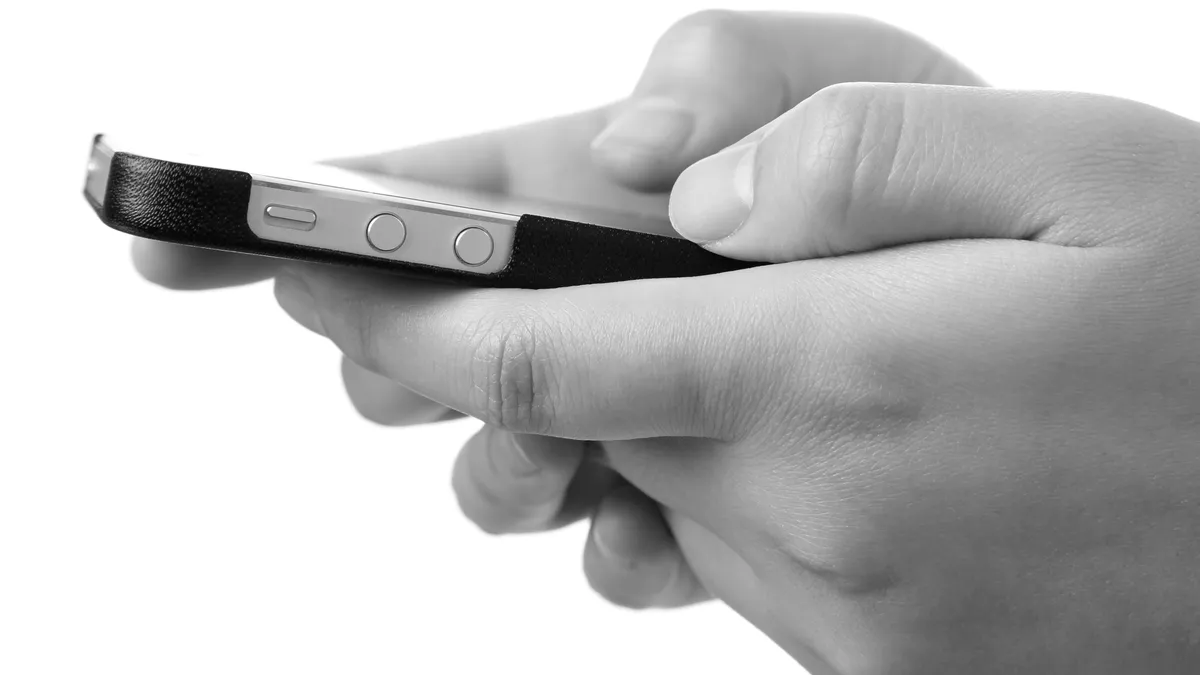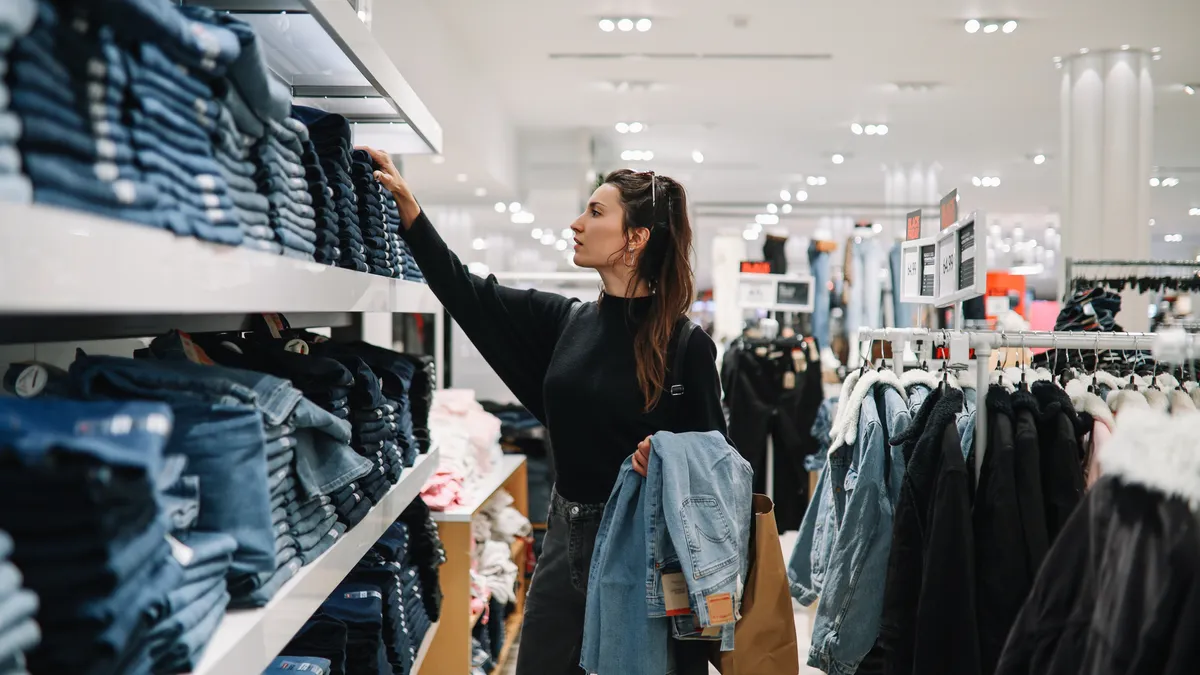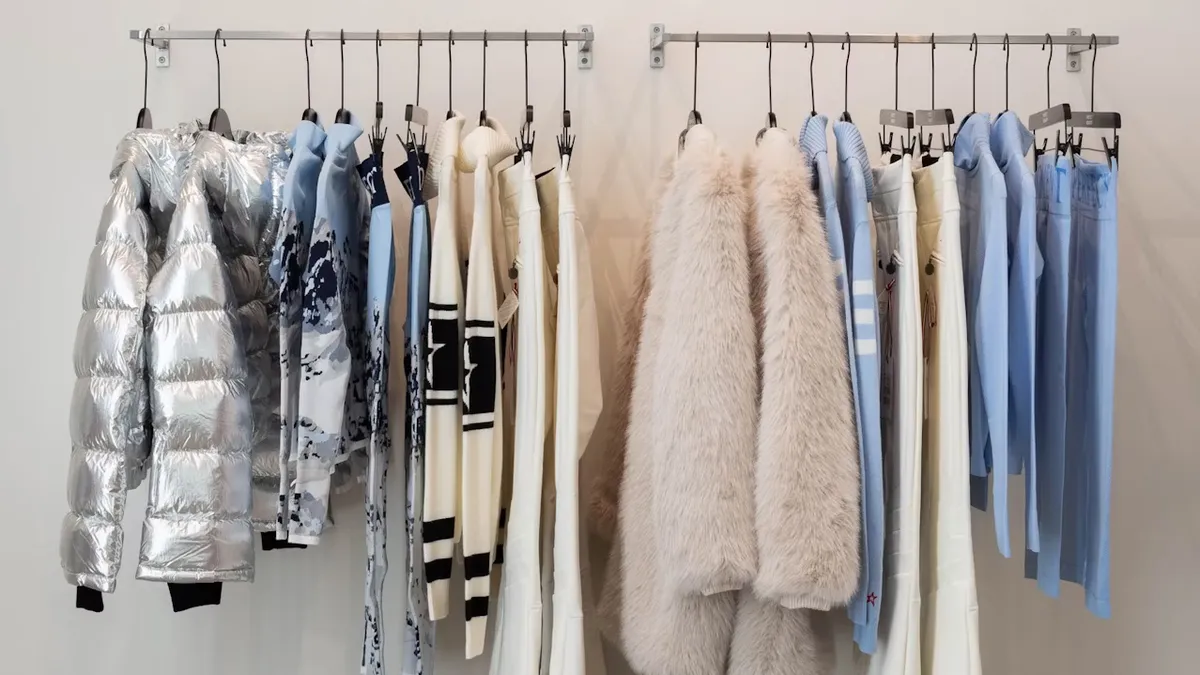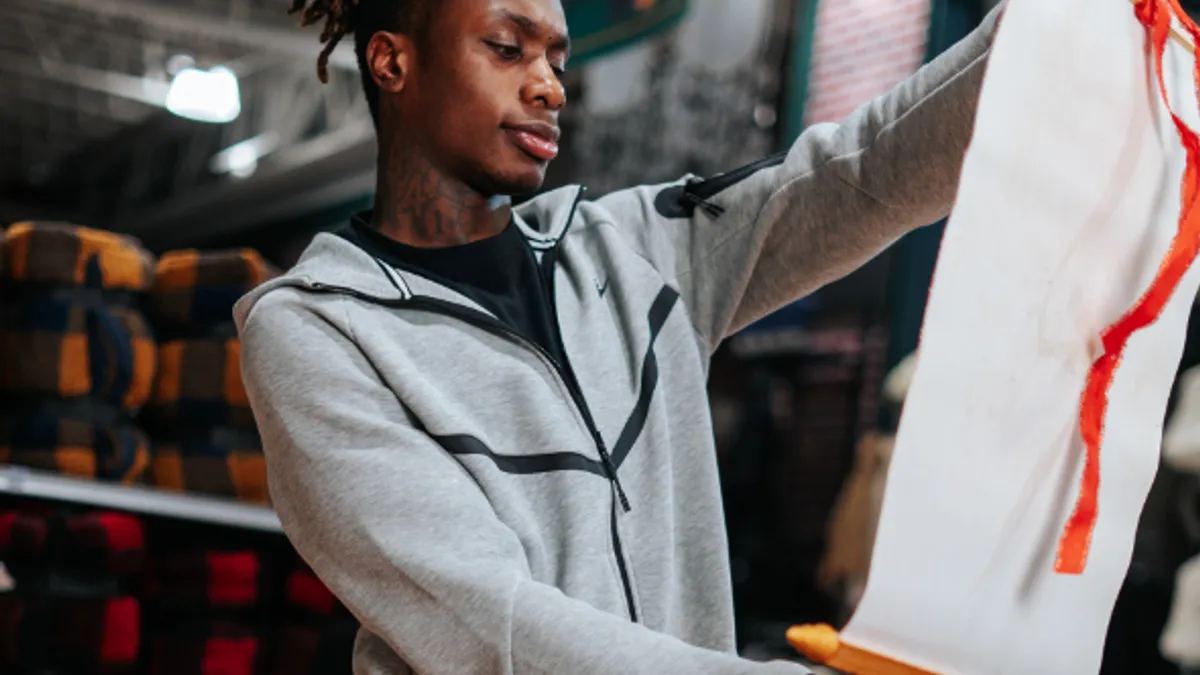When all is said and done — and purchased — the 2016 back-to-school (B2S) shopping season is expected to be a huge one for retailers. After a down year in 2015, consumer B2S spending at retailers this summer is projected to reach $75.8 billion, a year-over-year jump of more than $7 billion, according to recent figures from the National Retail Foundation.
The B2S shopping season is already the second-biggest event on the retail calendar after the winter holidays, and only getting bigger and more all-encompassing. To wit, studies suggest that some parents begin their B2S shopping up to three months before the big day, and retailers with B2S sales now include not only the traditional notebooks and pencils (or whatever kids are using to write these days) but also apparel, electronics, sporting goods and many more items — even furniture, for students heading to college.
"They're no longer just back-to-school sales in the traditional sense, but also back-to-dorm and back-to campus," Pat Dermody, president of Retale, which aggregates retailer sales circulars for browsing via smartphone, told Retail Dive.
But expanse and scale aren't the only reasons why this year's B2S shopping stretch will be important to retailers. A sharp increase in the number of consumers using mobile devices as part of their B2S shopping process — including in-store — means this particular season could prove to be a critical test of retailers' omnichannel capabilities and aspirations as well.
Retale conducted a survey of 1,000 parents before the B2S shopping season began, and about 85% of them said they planned to use smartphone capabilities to help facilitate their shopping. That figure is seven percentage points higher than indicated during Retale's 2015 survey, and is about equal to the percentage of consumers who say they'll incorporate mobile into their shopping processes for the holiday season ahead.
"This clearly shows growth among all shoppers in affinity for using a mobile device in the shopping journey," Dermody said.
Mobile's in-store role
A bevy of studies on this year's B2S spending season were released in recent months in addition to Retale's survey, including reports from the NRF and consulting firm A.T. Kearney. Data from all three of those studies suggests an increasing role for smartphones during the B2S buying process this season.
A.T. Kearney's Back-to-School Consumer Shopping Survey, released in August, reports that 80% of B2S shoppers are open to using mobile as part of their in-store shopping experience, which A.T. Kearney partner and report co-author Joel Alden noted was a 30% jump since the 2015 holiday shopping season, the last time A.T. Kearney asked about mobile interest.
In analyzing the results of his survey, Alden asked the question: Can mobile become part of an enhanced, in-store experience? Multiple surveys suggest mobile already is part of the in-store experience... and is applied across a variety of different purposes.
For example, Retale's survey noted that about 46% said they would use their mobile phones for various B2S purposes both while in-store and outside of stores. That number is eight percentage points higher than reported in Retale's 2015 survey. Mobile also is being incorporated into many B2S shopping functions, with 65% of parents telling Retale they would use their mobile phones specifically to compare prices on products available at different stores. Another 62% said they would use their phones to search for B2S-specific coupons and deals, and about 53% said they planned to create their B2S shopping lists on their phones.
Yet amidst all of this mobile activity, B2S shoppers are not necessarily completing purchases via mobile. Dermody said about 70% of B2S purchasing still happens through in-store checkout lines. Still, about 90% of those surveyed said they would decide which stores to visit for B2S shopping based on promotions they see on their smartphones, a figure that underscores the importance for retailers to enable smooth omnichannel shopping experiences.
With mobile devices playing such an important role in the B2S shopping experience, it might seem clear that retailers should do whatever they can to get parents to go a little further close the loop and complete their purchases via the mobile device. But that's not necessarily so.
"Retailers could do more to provoke sale completion on mobile, but there's a conundrum," Dermody said. "A retailer once told me, 'We don't care how people buy or what platform they use — just that they buy from us.'"
Dermody also noted that B2S shopping is a natural excuse for in-store events and promotions because it draws entire families out together to shop, with kids getting excited about picking up new supplies.
"The basket size is typically higher in store, and retailers try to protect that," Dermody added. "At the same time, they understand there is no stopping the changes in how people shop, and that mobile is becoming a bigger part of back-to-school and shopping in general."
Making moves in mobile
With that evolution in mind, some retailers are increasing their focus on mobile and see the B2S season as a good time to highlight their efforts.
Savings program provider Freeshipping.com this season offered members a 20% cash-back bonus for mobile B2S shopping, and Tom Caporaso, CEO of Clarus Commerce (which operates Freeshipping.com), told Retail Dive the offer has been a rousing success. "We are starting to see a lot more closed-loop shopping and ordering via mobile," he said. "The promo really helped. Back-to-school promo orders increased 74% this year, and spending on those orders increased 104%."
Among traditional brick-and-mortar retailers, office supplies chain Staples is beta testing an enhanced version of its iOS mobile app that allows parents to share a photo of their child’s back-to-school shopping list, alerting a Staples associate to populate the customer’s shopping cart to accelerate their purchasing and checkout process. After the cart is filled, Staples customers can check back in and buy immediately or customize their items in the cart, as well as choose to pick up their order in store (where available) or have it shipped to them.
J.C. Penney also rolled out enhancements to its mobile app to coincide with the B2S shopping season, a spokeswoman told Retail Dive via e-mail. The new version improves the ability for customers using the app to find coupons, access their JCPenney Rewards information and use product search capabilities, she said.
J.C. Penney's mobile app also has a "snap 2 shop" feature that allows customers to take a photo of an item in a store, or scan the item's barcode to bring up the same item through the app on the retailer's web site. In addition, J.C. Penney recently made a “buy online, pick up same day in store” option available through its mobile app.
Dermody said that sort of option can be particularly helpful for parents that have a lot of B2S shopping to do, or want to pick up an item while en route to dropping off their offspring at a college far away from home.
Dermody added that retailers looking to close sales via mobile also could take other steps, such as making product reviews more visible in the app, offering consumers extra reward points to complete their purchases via mobile and being sure to send them "abandoned cart" reminders when they leave the site. "All those tactics can bring closing the transaction closer to your fingertips," she said.
Fleeting mobile satisfaction
Mobile capabilities and promotions are only one part of the equation that adds up to making sales and keeping customers happy, whether during B2S season or any other time. While virtually all retailers track mobile usage by their customers, and are making strides in how they deal with mobile customers, the window of opportunity for making a positive impression closes quickly.
BoldChat by LogMeIn, which sells software supporting online and mobile live-chatting for customer support, recently conducted its own mobile engagement study, which found that 85% of shoppers will stop doing business with a company if they have a bad mobile experience.
"There is a high correlation between a good mobile experiences and customer loyalty," Akhil Talwar, senior product manager at LogMeIn BoldChat, told Retail Dive. "Companies need to have a separate strategy to address these buyers because the device itself offers greater constraints and requires short, immediate interactions."
Talwar said that's where omnichannel strategies, based on recognizing a shopper's device and the context in which it is being used, come into play for retailers. These strategies also need to be managed closely as mobile shopping evolves.
"Deliver consistency across channels and devices, and yet showcase channel uniqueness at the same time," Talwar advised. "The right balance of this is key. Finally, recognize that this is an ever-changing environment, so companies need to always be testing, measuring and optimizing. It’s never a one size fits all approach."
There was another troubling stat from LogMeIn's study of retailer engagement with mobile users: Only about 47% of users reported satisfaction with an experience they had with a retailer via mobile, a figure down from 60% the previous year, showing how quickly mobile user expectations and standards are rising.
As mobile traffic grows, Talwar noted that more people are being exposed to un-optimized experiences from the laggard businesses that haven't adequately designed and supported their mobile apps.
"We live in an “always-on” world where it is just expected that everything works, experiences are optimized, and resolutions are instant," Talwar said. "Customers don’t think by industry — if they have one great experience with a retailer, they will expect a similarly wonderful experience with an insurance company, and vice versa."
All of which reinforces the notion that the increasing spending activity and broadening nature of the back-to-school sales period makes it a critical time for building or breaking customer relationships, Dermody noted.
"Any time a retailer has an interaction with a customer, they've got try to turn that interaction into a relationship, because it is cheaper to market to existing customers than to acquire new customers," she said. "Back-to-school is a really important time for retailers, and the mobile device itself is geared to drive conversion in how it allows you to interact."




















